The animal kingdom is filled with remarkable communication methods, but few are as impressive as birds that can project their calls across vast distances. Among these avian vocalists, certain species stand out for their extraordinary ability to make themselves heard over a mile away. These sonic marvels have evolved specialized anatomical features and behaviors that enable their voices to carry across forests, mountains, and plains. Their loud calls serve various purposes from claiming territory to attracting mates, and have fascinated both indigenous cultures and modern scientists alike. Let’s explore the fascinating world of nature’s loudest birds and discover how these relatively small creatures produce sounds that can travel such remarkable distances.
The White Bellbird: Nature’s Loudest Vocalist
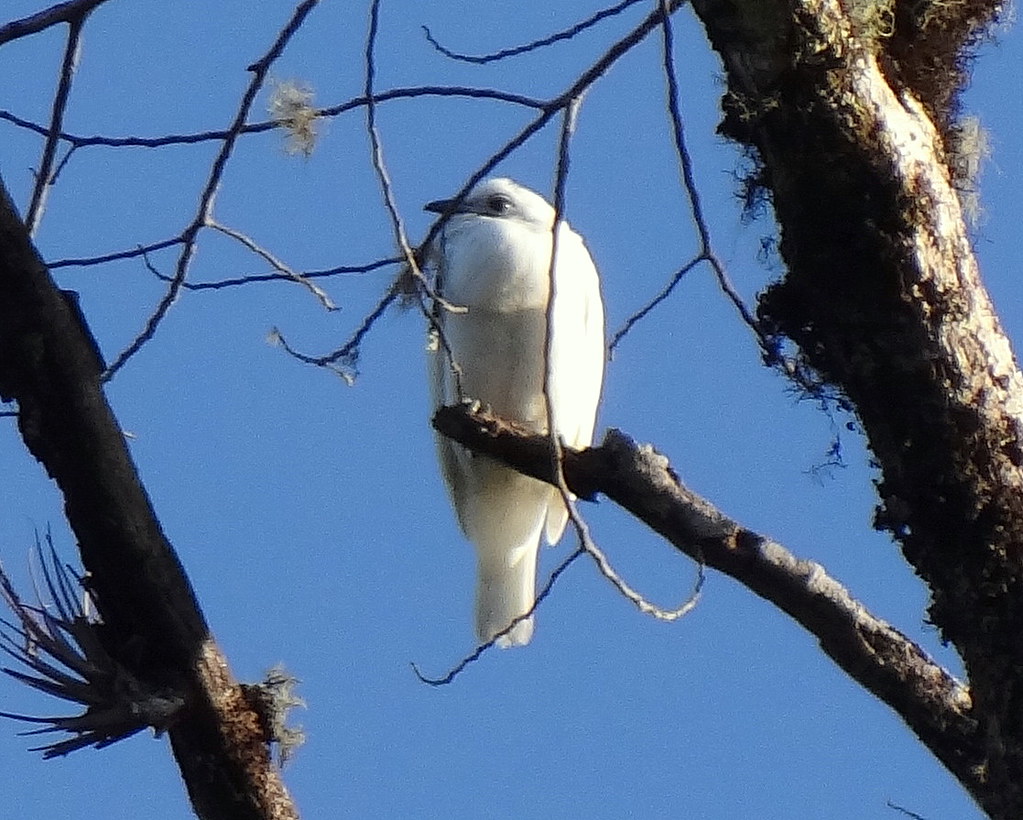
At the top of the avian volume chart sits the white bellbird (Procnias albus), native to the mountains of northern Brazil and neighboring countries. This unassuming-looking bird produces the loudest call ever recorded in the bird world, reaching an astonishing 125 decibels—louder than a jackhammer or a thunderclap. Male white bellbirds use this ear-splitting call during courtship, often directing it right at potential mates from just a few feet away. Scientists remain puzzled about why females endure such close-range acoustic assaults, which could potentially cause hearing damage. The call is so powerful that it can easily be heard from over a mile away in the dense rainforest, making it truly exceptional among birds.
The Anatomical Adaptations Behind Long-Distance Calls
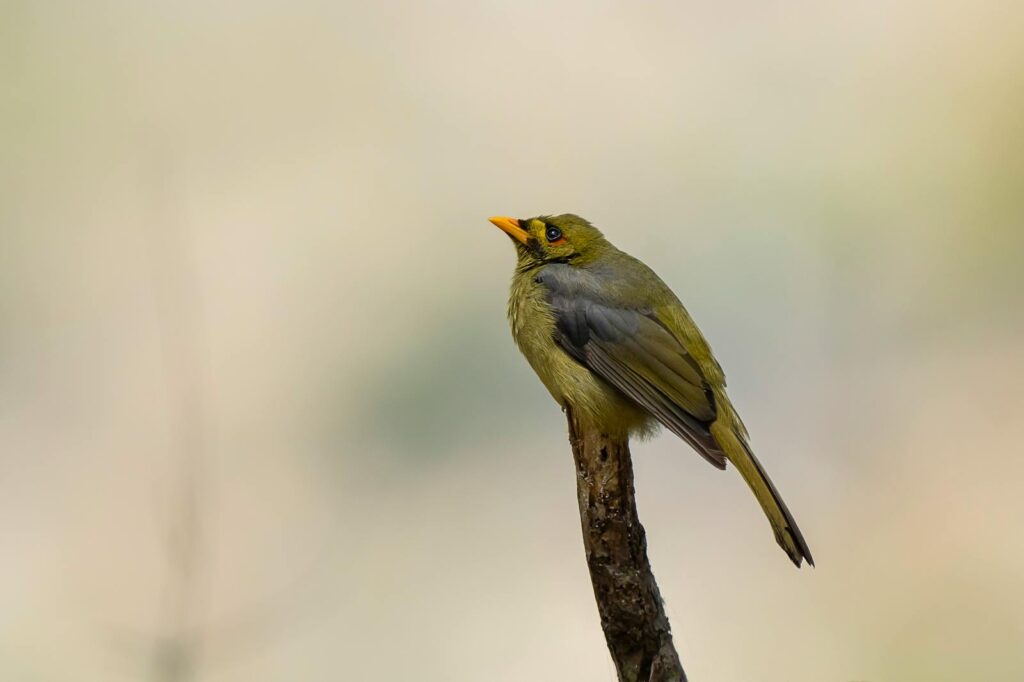
Birds with extraordinarily loud calls possess specialized anatomical features that allow them to produce such powerful sounds. Unlike mammals who generate sound primarily through their larynx, birds utilize a unique organ called the syrinx, located at the junction of the trachea and bronchi. In particularly vocal species, this syrinx is often enlarged and enhanced with additional muscles, allowing for greater sound production. Many loud-calling birds also have evolved resonating chambers in their throats or beaks that amplify their vocalizations, similar to how a megaphone works. Additionally, some species have developed stronger respiratory systems with larger air sacs and more powerful muscles to push air through their vocal apparatus with greater force, enabling their calls to travel remarkable distances.
The Three-Wattled Bellbird’s Distinctive Call
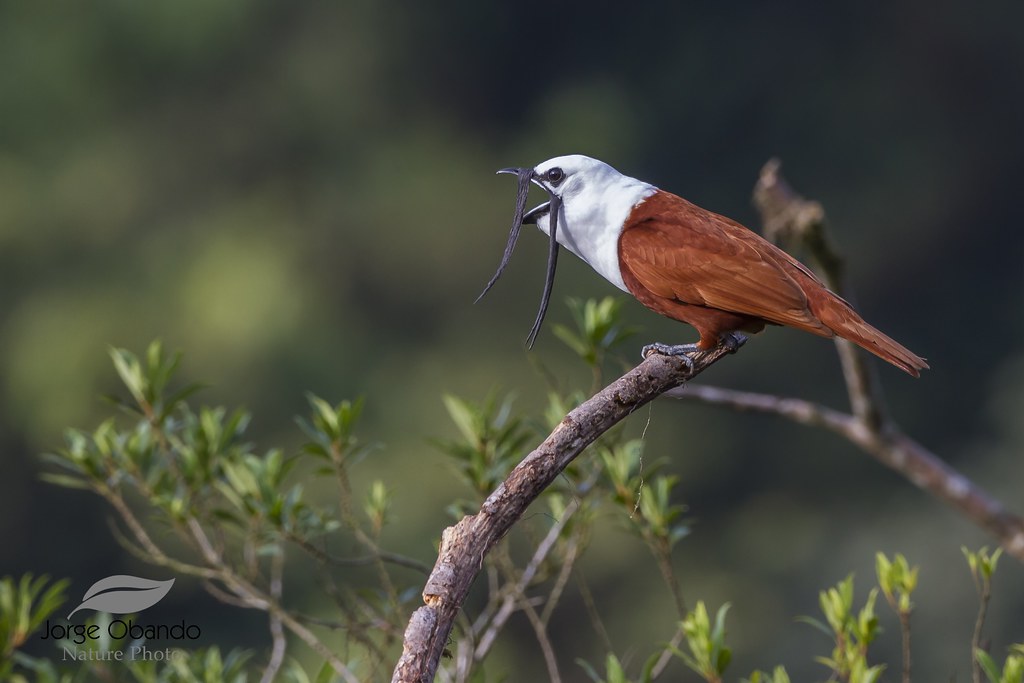
The three-wattled bellbird (Procnias tricarunculatus) of Central America produces one of the most distinctive and far-reaching calls in the bird world. Male bellbirds issue a complex series of loud, metallic “bonk” sounds that can carry for over a mile through dense rainforest. These birds possess three worm-like wattles hanging from their beaks that swing wildly during their vocalizations, adding to their peculiar appearance. What makes their calls particularly effective at traveling long distances is the specific frequency range they employ, which minimizes absorption by foliage and atmospheric conditions. Three-wattled bellbirds often call from exposed perches high in the forest canopy, further enhancing their sound transmission capabilities across the mountainous cloud forests they inhabit.
The Booming Call of the Kakapo
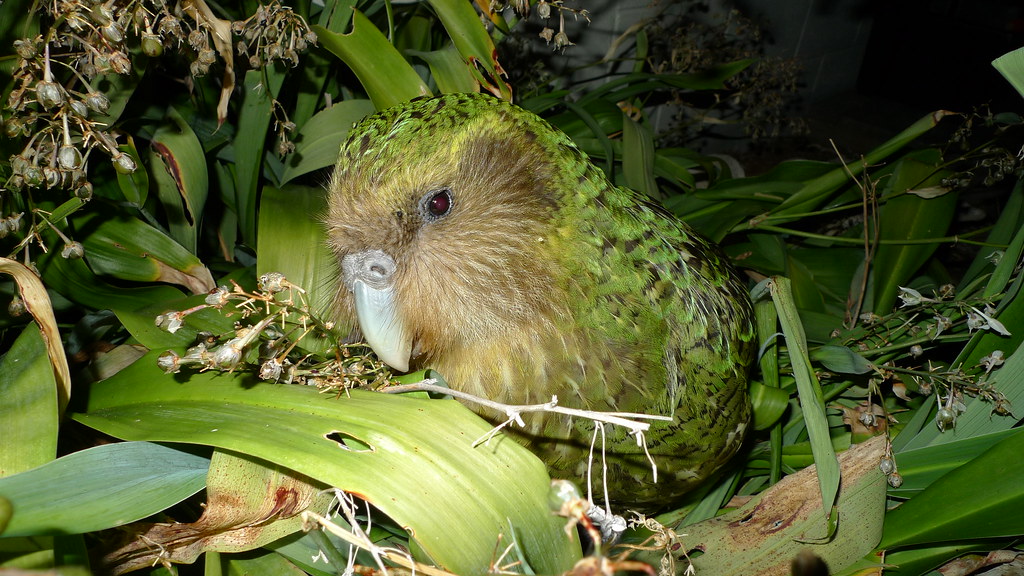
The kakapo (Strigops habroptilus), a critically endangered flightless parrot native to New Zealand, produces one of the most powerful low-frequency calls in the bird world. Male kakapos create a distinctive “booming” sound by inflating a thoracic air sac, which can travel over mountain ridges and valleys for distances exceeding a mile. This boom sequence, which can continue for up to eight hours every night during the breeding season, serves as an acoustic beacon to attract distant females. Each male creates a shallow depression in the ground called a “bowl” that acts as an acoustic amplifier, further enhancing the projection of their calls. The kakapo’s boom is so well-designed for distance that early European settlers often mistook the sound for distant foghorns when they first encountered these remarkable birds.
The Common Loon’s Haunting Wail
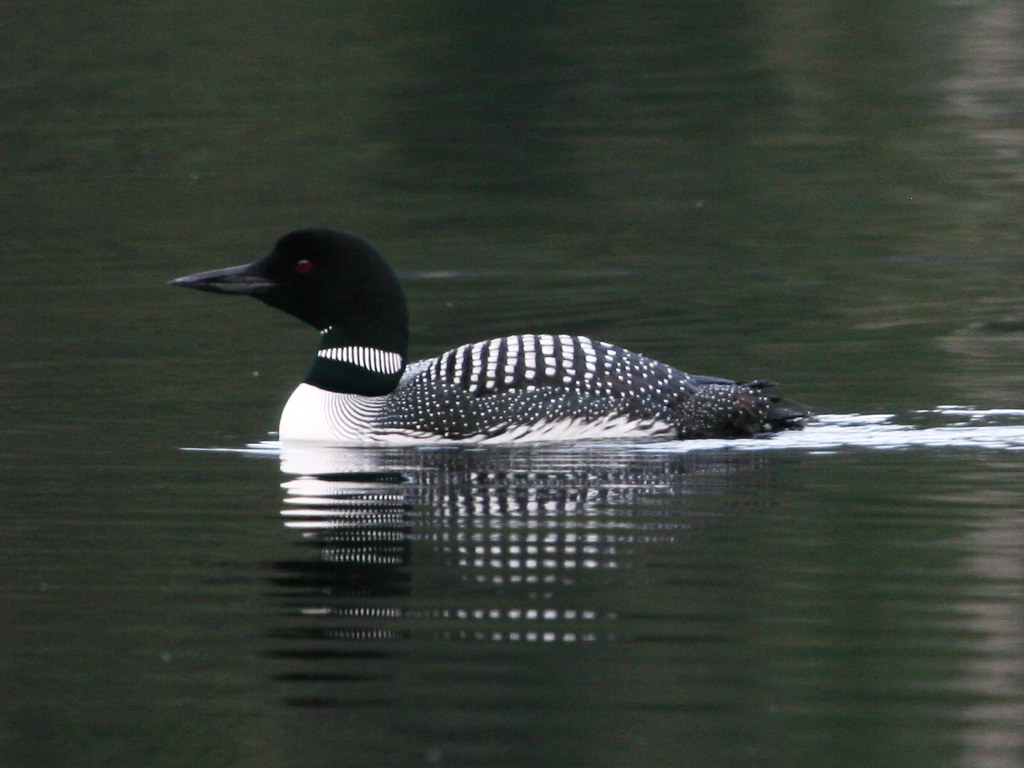
Few sounds evoke the wilderness of North American lakes like the haunting call of the common loon (Gavia immer). Their distinctive wailing vocalization can travel over water for distances of a mile or more, particularly on calm nights when sound carries exceptionally well over still surfaces. Loons produce four main types of calls, with their tremolo (often called the “crazy laugh”) and yodel being the loudest and most far-reaching. These calls serve multiple purposes, from territorial declarations to keeping track of family members across large bodies of water. The loon’s ability to project sound over such distances is particularly valuable in their lake environments, where visual contact is often limited by shorelines, islands, and mist.
The Screaming Piha: Amazon’s Living Alarm
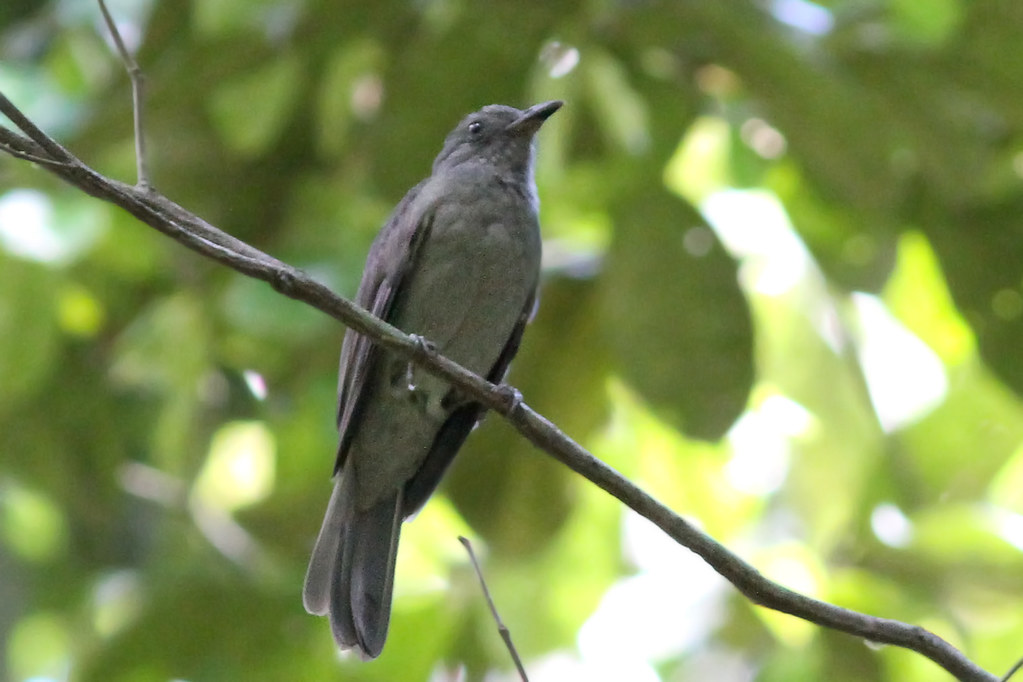
The screaming piha (Lipaugus vociferans) creates one of the most iconic sounds of the Amazon rainforest with its piercing call that can be heard from well over a mile away. This medium-sized, plain-looking brown bird produces a remarkably loud two-note whistle that rises sharply in pitch before dropping dramatically, often described as sounding like “peeYAH!” Male pihas gather in loose leks (display areas) where they compete acoustically, creating a chorus that resonates throughout the rainforest. Their calls are so loud and distinctive that they’ve been featured in countless jungle sound effects in Hollywood films, often inaccurately representing jungles worldwide. Despite their acoustic prominence, screaming pihas remain visually inconspicuous, with their remarkable voices serving as their primary evolutionary adaptation.
Howler Monkeys: Not Birds, But Vocal Champions
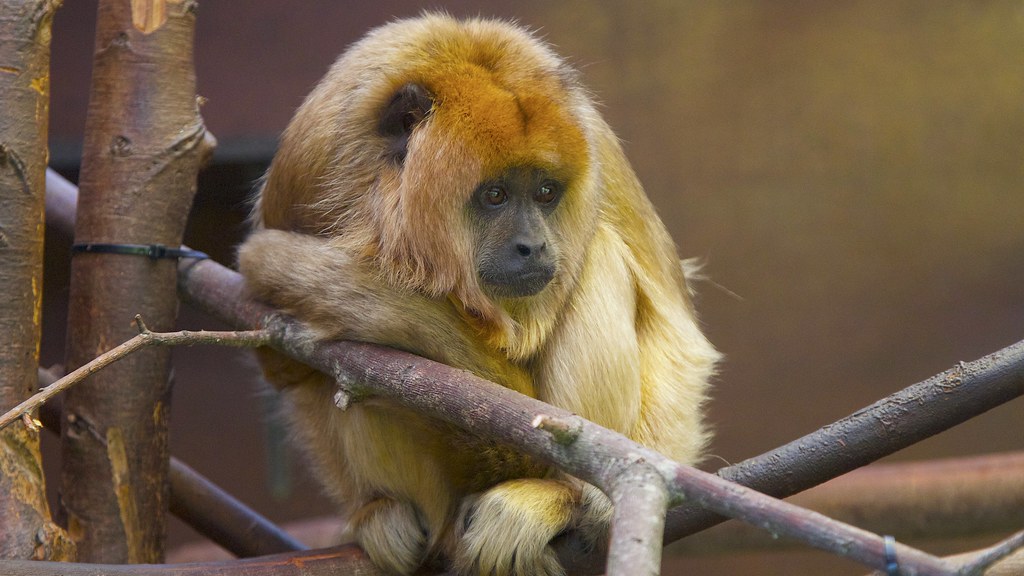
Though not birds, howler monkeys deserve mention in any discussion of long-distance animal calls, as they produce vocalizations that can travel up to three miles through dense forests. These remarkable primates possess a specialized hyoid bone that forms a resonating chamber in their throats, allowing them to amplify their calls to extraordinary volumes exceeding 140 decibels. Howler monkeys use these powerful vocalizations primarily for territorial defense and group coordination in the complex rainforest environment. Their calls often create a context for bird vocalizations, with many bird species adjusting their calling patterns in response to howler monkey activity. This acoustic relationship highlights the complex soundscape of tropical forests, where different species have evolved to occupy distinct “acoustic niches.”
The African Fish Eagle’s Iconic Call
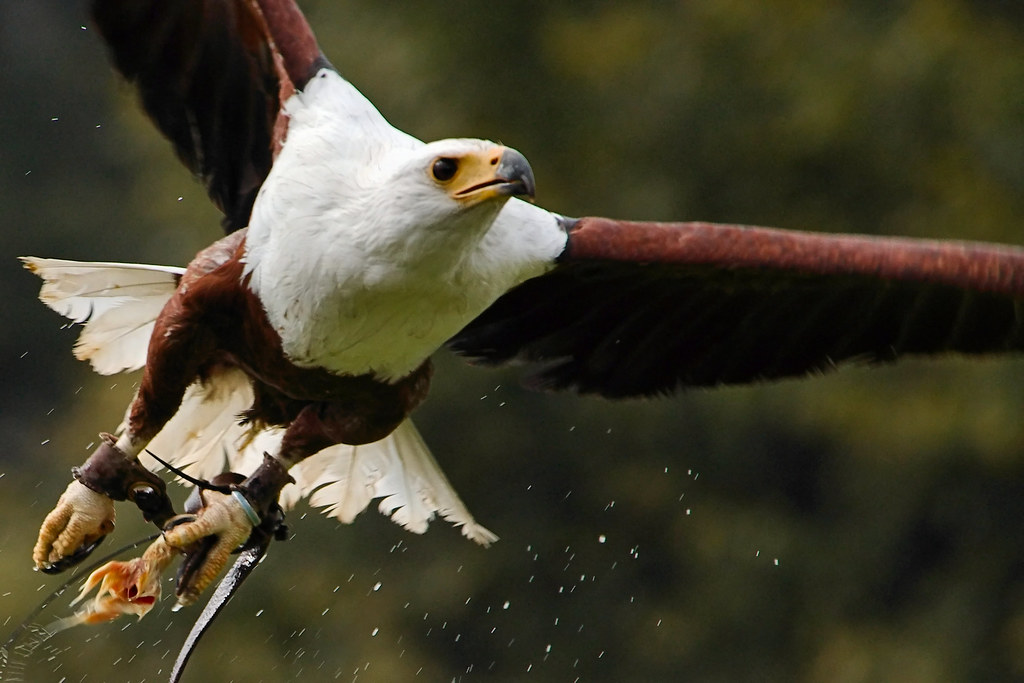
The African fish eagle (Haliaeetus vocifer) produces one of Africa’s most recognizable sounds—a ringing, yelping cry that carries for miles across open water and savanna landscapes. Often described as “the voice of Africa,” this eagle’s call consists of a distinctive sequence of loud, clear notes that both members of a pair often perform in a duet. Their vocalizations are so powerful and characteristic that they have been incorporated into numerous African national anthems and used as sound signatures in wildlife documentaries. The fish eagle’s call travels particularly well over water surfaces, where there are fewer obstacles to absorb or deflect the sound waves. These powerful eagles use their far-reaching vocalizations to defend territories that can span several miles along waterways, making their acoustic presence as important as their physical one.
The Scientific Study of Bird Call Propagation
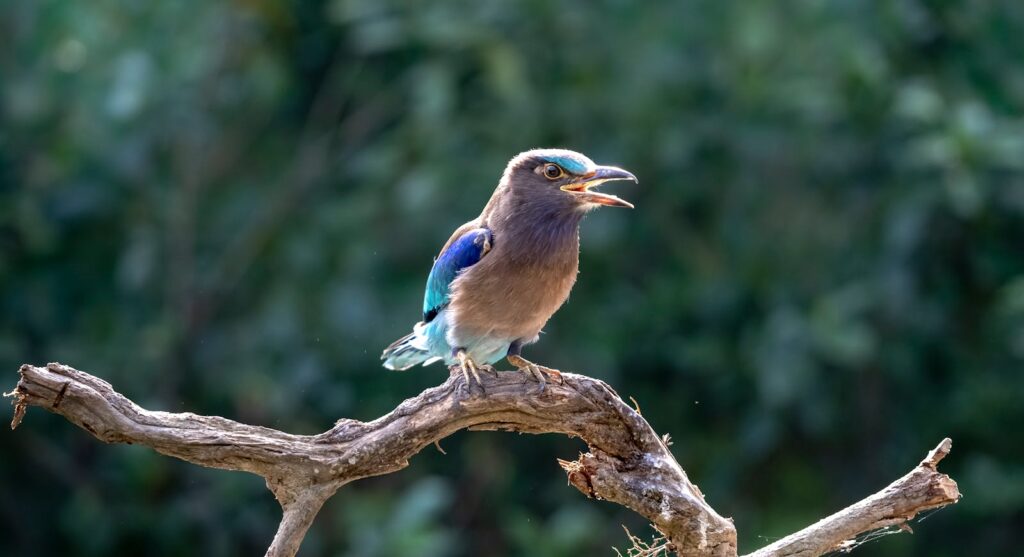
The study of how bird calls travel over long distances falls within the field of bioacoustics, which has revealed fascinating insights about these remarkable vocalizations. Scientists use specialized equipment including parabolic microphones and sound level meters to measure call volumes and track how different frequencies propagate through various environments. Research has shown that birds often adjust their calling behavior based on environmental conditions—many species call more frequently during dawn and dusk (the “dawn chorus”) when atmospheric conditions favor sound transmission. Habitat structure significantly impacts sound propagation, with open environments generally allowing calls to travel farther than dense forests, though some rainforest species have evolved calls specifically optimized for forest acoustics. Understanding these patterns helps scientists track bird populations, monitor ecosystem health, and develop better conservation strategies for threatened vocal species.
The Barred Owl’s “Who Cooks For You” Call
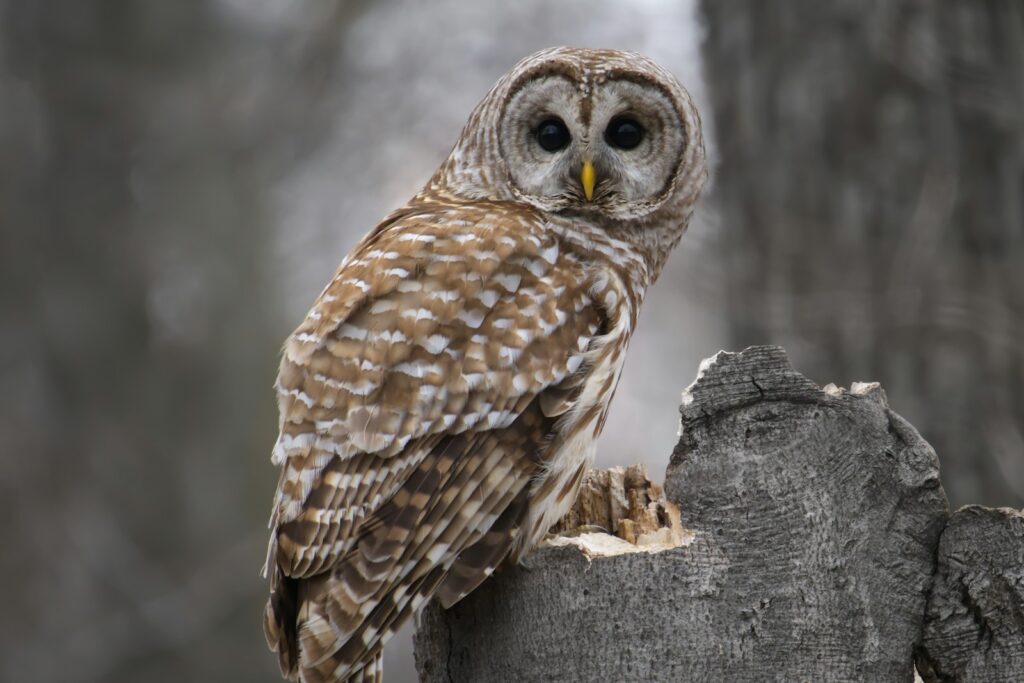
The barred owl (Strix varia) fills North American forests with its distinctive eight-note hooting pattern often phonetically described as “who cooks for you, who cooks for you all.” This vocalization can travel distances well over a mile on still nights, serving both as a territorial announcement and a means of communication between mated pairs. Barred owls possess specialized feather adaptations that allow silent flight but powerful vocalizations, creating an intriguing acoustic contrast. Their calls travel particularly well in winter when deciduous forests have shed their leaves, reducing sound absorption and allowing the hoots to propagate even further. Interestingly, barred owls are expanding their range westward in North America, bringing their distinctive vocalizations to forests where they’ve never been heard before, creating potential acoustic competition with the native spotted owl.
The Long-Distance Call of the Gibbon
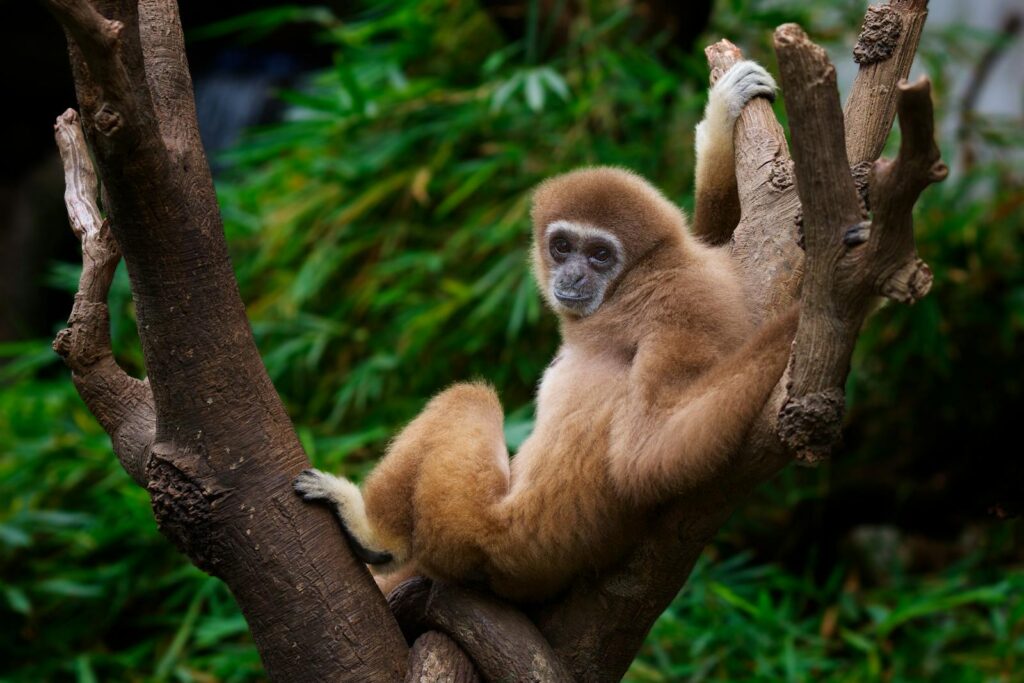
While technically not birds, gibbons deserve mention for producing some of the most remarkable long-distance calls in the animal kingdom that regularly travel over a mile through dense Asian forests. These small apes perform complex “songs” that include both loud calls and softer, more melodic elements organized in species-specific patterns. Mated gibbon pairs often perform coordinated duets with precisely timed contributions from both partners, creating a unified territorial announcement. Their calls are particularly well-adapted to forest acoustics, with frequencies that minimize absorption by vegetation while maximizing transmission distance. Many bird species in Southeast Asian forests appear to have evolved their vocal characteristics with gibbon calls, creating an acoustic community where different species avoid overlapping in both timing and frequency range of their vocalizations.
Cultural Significance of Far-Reaching Bird Calls
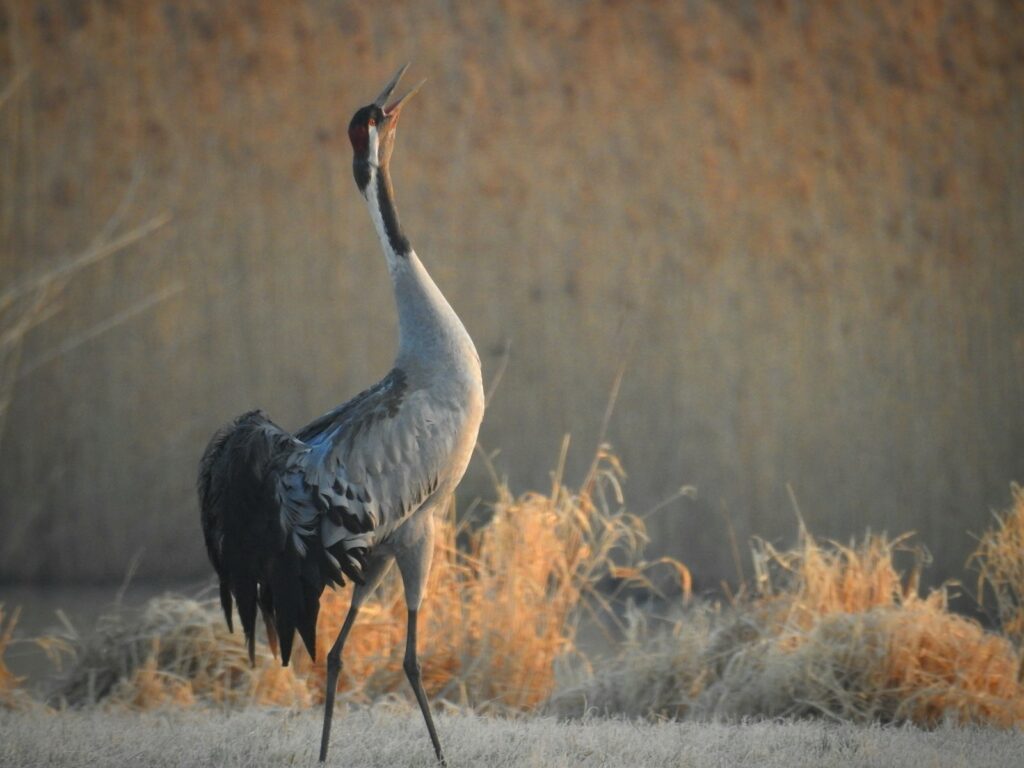
Across human cultures, birds with powerful, far-reaching calls have taken on special symbolic and spiritual significance. Indigenous peoples have often incorporated these distinctive sounds into their mythology, with many creation stories featuring birds whose calls shaped landscapes or awakened the world. In numerous cultures, birds capable of projecting their voices over great distances have been seen as messengers between worlds or omens of changing seasons. The haunting call of the common loon, for instance, features prominently in Native American folklore of the northern United States and Canada, often associated with spiritual transformation. These cultural associations highlight how humans have long recognized and respected the remarkable vocal abilities of certain bird species, integrating them into our understanding of the natural world and our place within it.
Conservation Challenges for Vocal Species
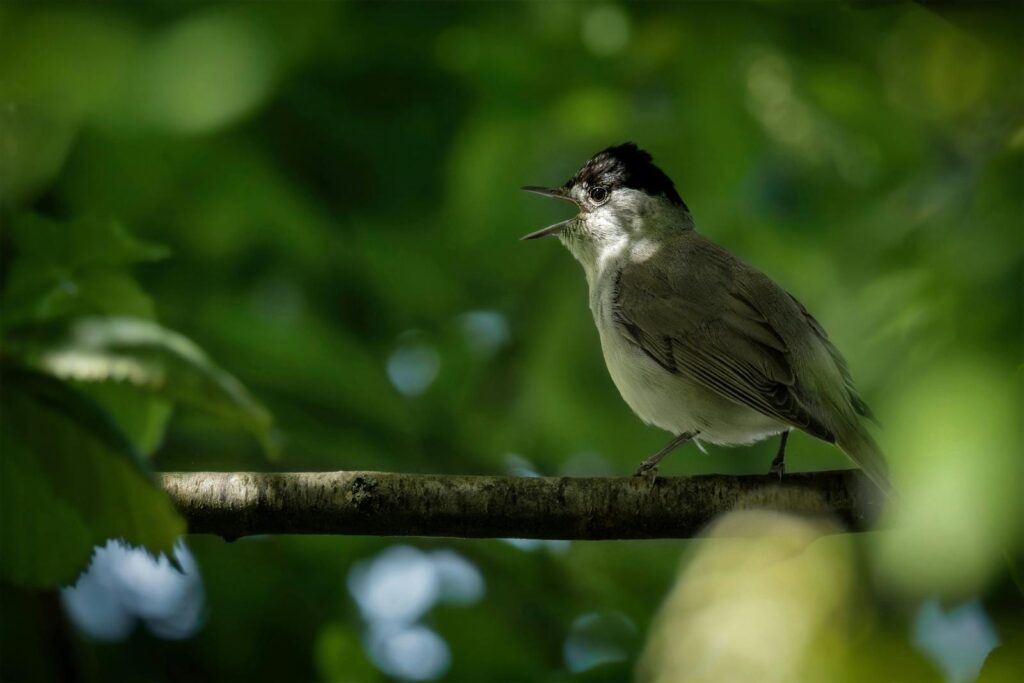
Many birds with remarkable vocal abilities face significant conservation challenges in today’s changing world. Habitat loss remains the primary threat, with deforestation and development fragmenting the large territories these vocal species often require. Noise pollution presents a particular challenge for birds that communicate over long distances, as human-generated sounds can mask their calls and disrupt breeding and territorial behaviors. Climate change is altering the acoustic properties of various habitats through vegetation changes and atmospheric conditions, potentially reducing the effectiveness of calls that evolved for specific environmental contexts. Conservation efforts for these species often include acoustic monitoring to track populations and protect sufficient habitat to maintain viable breeding territories. The preservation of these remarkable avian vocalists requires not just protecting the birds themselves, but also safeguarding the acoustic environment in which their calls evolved to travel such impressive distances.
The world of birds with extraordinarily powerful calls reveals nature’s incredible acoustic engineering. These feathered champions of sound have evolved remarkable anatomical adaptations and behaviors that allow their voices to carry across vast landscapes. From the ear-splitting white bellbird to the haunting wail of the common loon, these avian vocalists fill their environments with sounds that connect individuals across distances that seem impossible for such small creatures. As we face growing challenges from habitat loss and noise pollution, preserving these sonic marvels becomes increasingly important—not just for the ecological roles they play, but also to ensure future generations can experience the wonder of hearing a bird call echo across a mile of wilderness, a powerful reminder of nature’s extraordinary capabilities.
